The Shift from Mass Mail to Smart Mail
Email is no longer about blasting inboxes. It’s about meaningful, intelligent communication. Smart Mail replaces clutter with context, automation, and personalization, turning every message into impact. This is the shift that’s redefining how businesses connect.
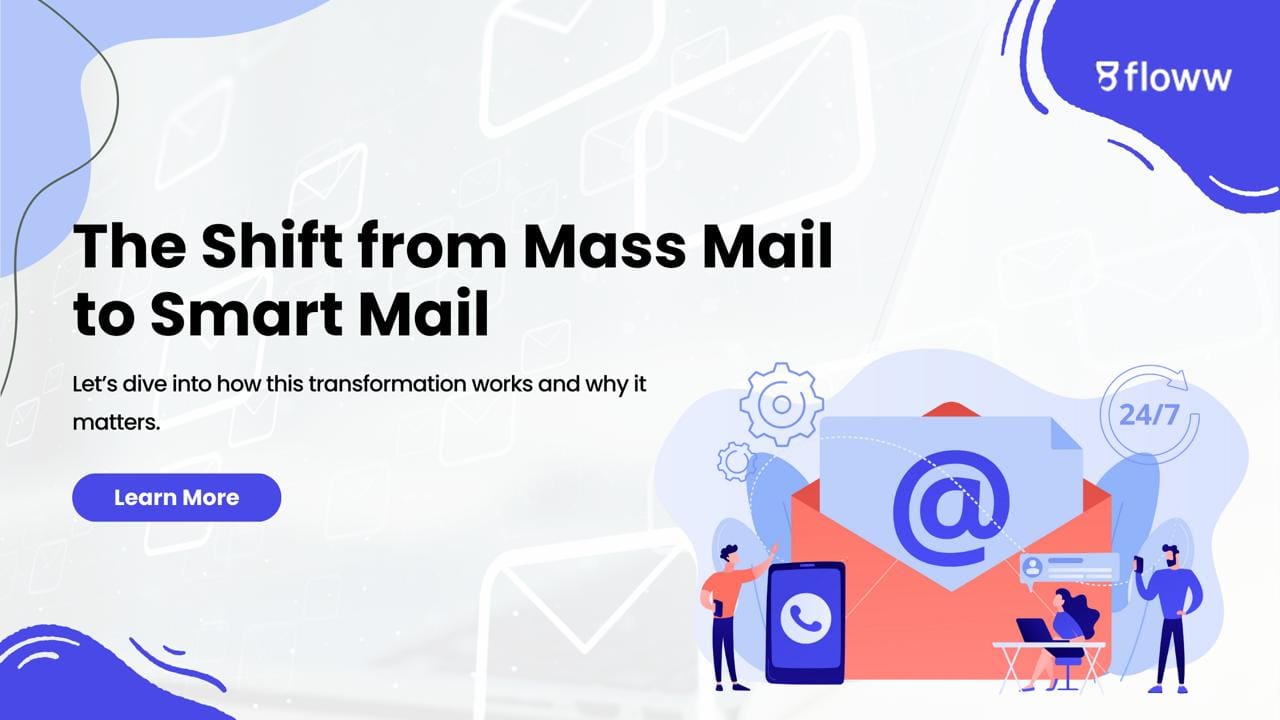
For decades, businesses have treated email marketing like a digital megaphone. Blast out a generic message to as many people as possible and hope someone clicks. But in a world where every inbox is flooded with promotions, newsletters, and updates, the “spray-and-pray” approach doesn’t cut it anymore. Customers today demand relevance, context, and personalization.
That’s where the shift happens: from mass mail to smart mail.
Smart mail is not about sending fewer emails. It is about sending the right email to the right person at the right time. And for MSMEs (Micro, Small, and Medium Enterprises), this shift isn’t just a nice-to-have. Thanks to modern email automation software and intelligent email automation tools. Small businesses can now deliver hyper-personalized experiences at scale, something once reserved only for enterprise giants.
Let’s dive into how this transformation works and why it matters.
Why Mass Mail is Losing Its Power
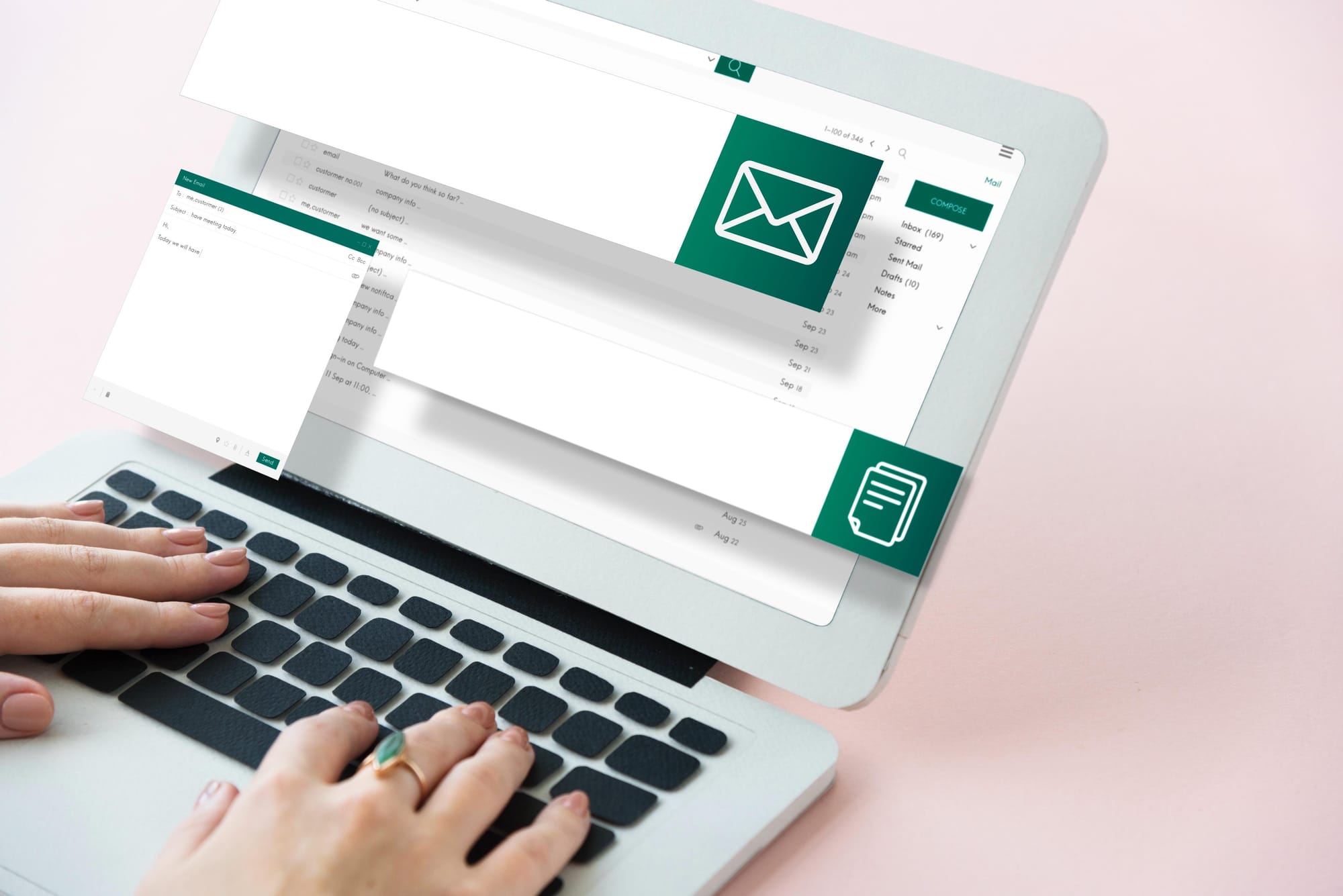
Think about the last time you opened your inbox. How many emails felt like they were written just for you? Probably very few. The rest? Promotions that could apply to anyone, regardless of interests, behaviors, or timing.
The problem with traditional mass mail is simple:
- No context: Everyone gets the same message.
- Low engagement: Recipients quickly lose interest.
- High churn: Unsubscribes skyrocket when people feel spammed.
- Missed opportunities: Businesses fail to build meaningful customer relationships.
For MSMEs trying to stretch every marketing rupee or dollar, this is a dangerous game. Sending bulk messages with minimal return wastes resources and, worse, damages brand trust.
The Game-Changer for MSMEs

Smart mail flips the script. Instead of being generic, it’s:
- Personalized: Based on customer preferences and behaviors.
- Timely: Sent when a user is most likely to engage.
- Automated: Powered by email automation software that removes manual effort.
- Scalable: Works for 100 customers as easily as it does for 10,000.
Here’s the key: Smart mail doesn’t mean sending more. It means sending smarter. With the right email automation tools, even small businesses can behave like big players, crafting individualized journeys that make customers feel seen.
The Technology Behind the Shift
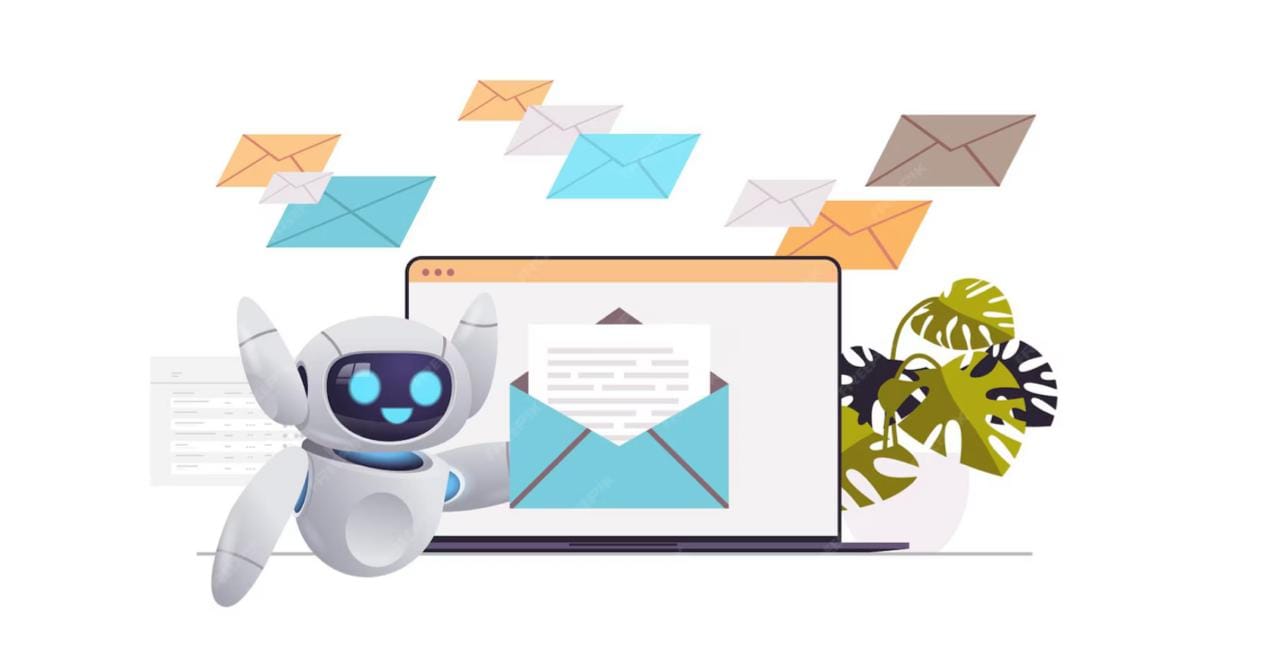
Modern email automation software allows MSMEs to go beyond a static mailing list. It can:
- Segment customers into groups based on demographics, purchase history, or engagement.
- Trigger emails automatically based on actions (like cart abandonment or sign-ups).
- Track performance metrics like open rates, click-throughs, and conversions.
This means instead of sending one generic newsletter, a bakery could send a “20% off croissant” coupon to customers who often order pastries and a “new sourdough recipe” update to bread lovers.
Automated Email Marketing: The Always-On Assistant
Automated email marketing turns customer interactions into opportunities. For example:
- A user browses your online store but doesn’t buy. So it instantly triggers an email nudging them back with a limited-time discount.
- A customer completes a purchase. And then you get a personalized thank-you note, plus recommendations for complementary products.
- A subscriber hasn’t opened your emails in 3 months. So you re-engage them with a “We miss you” campaign.
The beauty of automation? Once it’s set up, it runs in the background, saving MSMEs valuable time while maintaining consistency.
AI-Powered Tools: The Future of Smart Mail
Some advanced email automation tools now integrate AI, helping small businesses predict the best times to send, the subject lines that will resonate, and even dynamic content recommendations. This levels the playing field between MSMEs and corporate giants.
Hyper-Personalization in Action
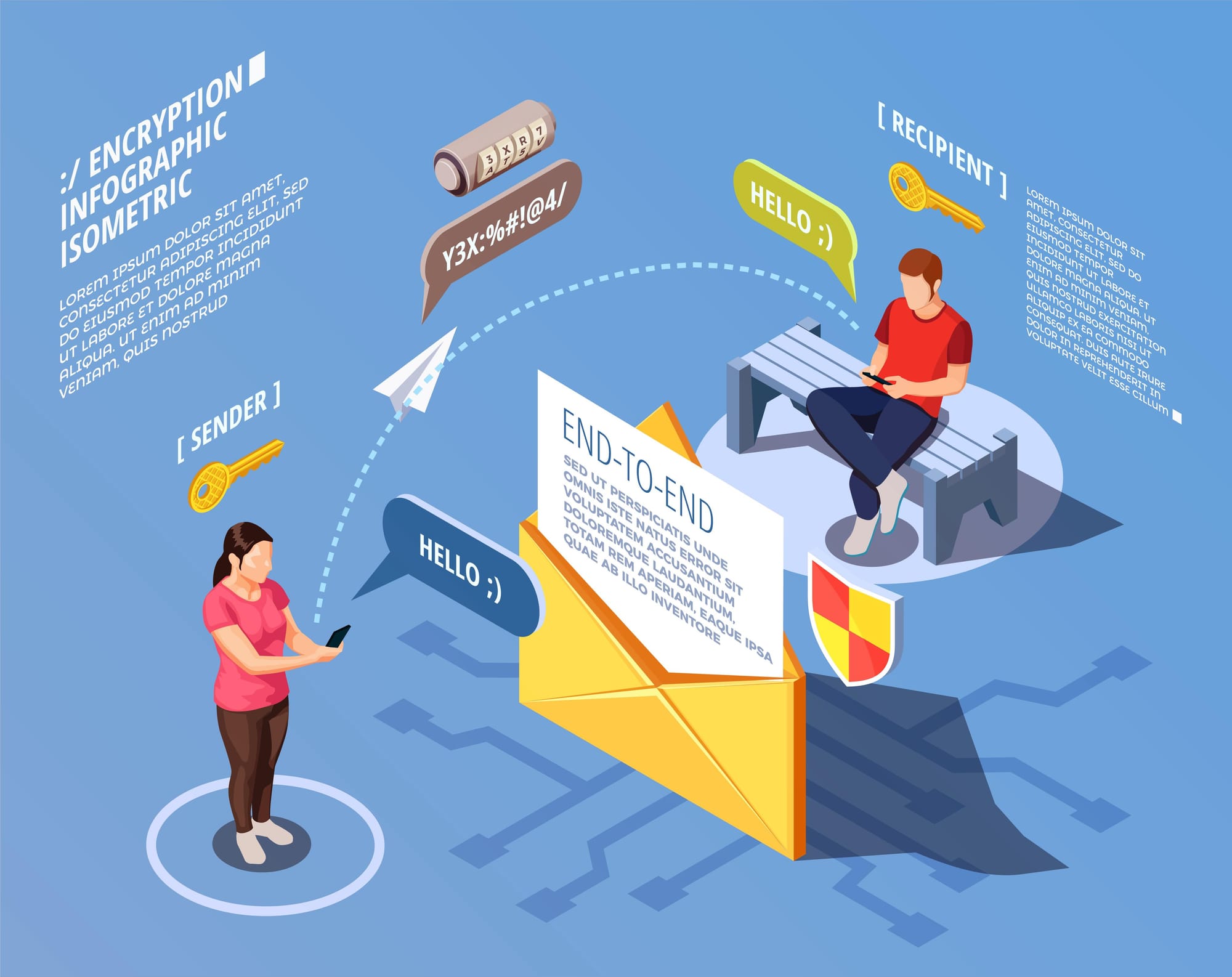
Hyper-personalization goes beyond just adding someone’s first name to the subject line. It’s about tailoring the entire email experience to the individual. Here are examples of how MSMEs can apply it:
- Behavioral Targeting: A boutique sends product suggestions based on browsing history.
- Location-Based Offers: A café chain emails coupons valid only at the customer’s nearest outlet.
- Lifecycle Campaigns: A subscription box sends different emails for new sign-ups, long-time subscribers, and customers at risk of churn.
- Dynamic Content: One email displays different content depending on who’s opening it (e.g., showing a male customer men’s shoes, while showing a female customer women’s shoes).
When executed well, hyper-personalization creates a sense of exclusivity. This makes the recipient feel like the brand truly “gets” them.
Why MSMEs Can’t Afford to Ignore Smart Mail

Large enterprises might view hyper-personalization as an upgrade, but for MSMEs, it’s survival. Here’s why:
- Budget Efficiency: With limited marketing budgets, every email must deliver value. Smart mail ensures higher ROI.
- Customer Loyalty: MSMEs thrive on repeat customers. Personalization strengthens relationships.
- Scalability: Automation allows growth without requiring massive team expansions.
- Competitive Edge: Personalized email experiences can make a small business feel premium. It stands out in crowded markets.
Think of it this way: an MSME that embraces automated email marketing is no longer “small” in its customer’s eyes.
Best Practices for Making the Shift
Making the leap from mass mail to smart mail doesn’t happen overnight, but MSMEs can start small and scale gradually. Here are some proven steps:
1. Start with Segmentation
Don’t lump everyone into one list. Break your audience into meaningful groups:
- New subscribers
- Repeat buyers
- Inactive users
- High-value customers
Even simple segmentation can dramatically improve engagement rates.
2. Automate Common Journeys
Set up automated workflows for:
- Welcome emails
- Post-purchase follow-ups
- Birthday or anniversary messages
- Cart abandonment reminders
These journeys build trust and consistency without adding extra workload.
3. Personalize Beyond the Name
Leverage purchase history, preferences, or engagement behavior to customize recommendations. Customers notice when emails go beyond “Hi [Name].”
4. Test, Learn, Repeat
Use A/B testing for subject lines, content formats, and sending times. Email automation software makes it easy to experiment and optimize continuously.
5. Keep Compliance in Mind
Respect privacy laws like GDPR and India’s upcoming DPDP Act. A compliant approach builds credibility and trust.
Real-World Examples of Smart Mail Wins
- A Local Bookstore: Instead of sending one newsletter, the store segmented readers by genres. Romance readers got upcoming love stories, while mystery fans got thriller launches. Result: 3x higher open rates.
- An Online Clothing Brand: Automated abandoned-cart emails recovered 20% of lost sales, simply by reminding shoppers of what they left behind.
- A Home Decor Startup: Sent dynamic product recommendations based on browsing history, increasing click-through rates by 40%.
These examples prove that personalization doesn’t require a massive budget. It just requires strategy and the right email automation tools.
Email as a Relationship Channel
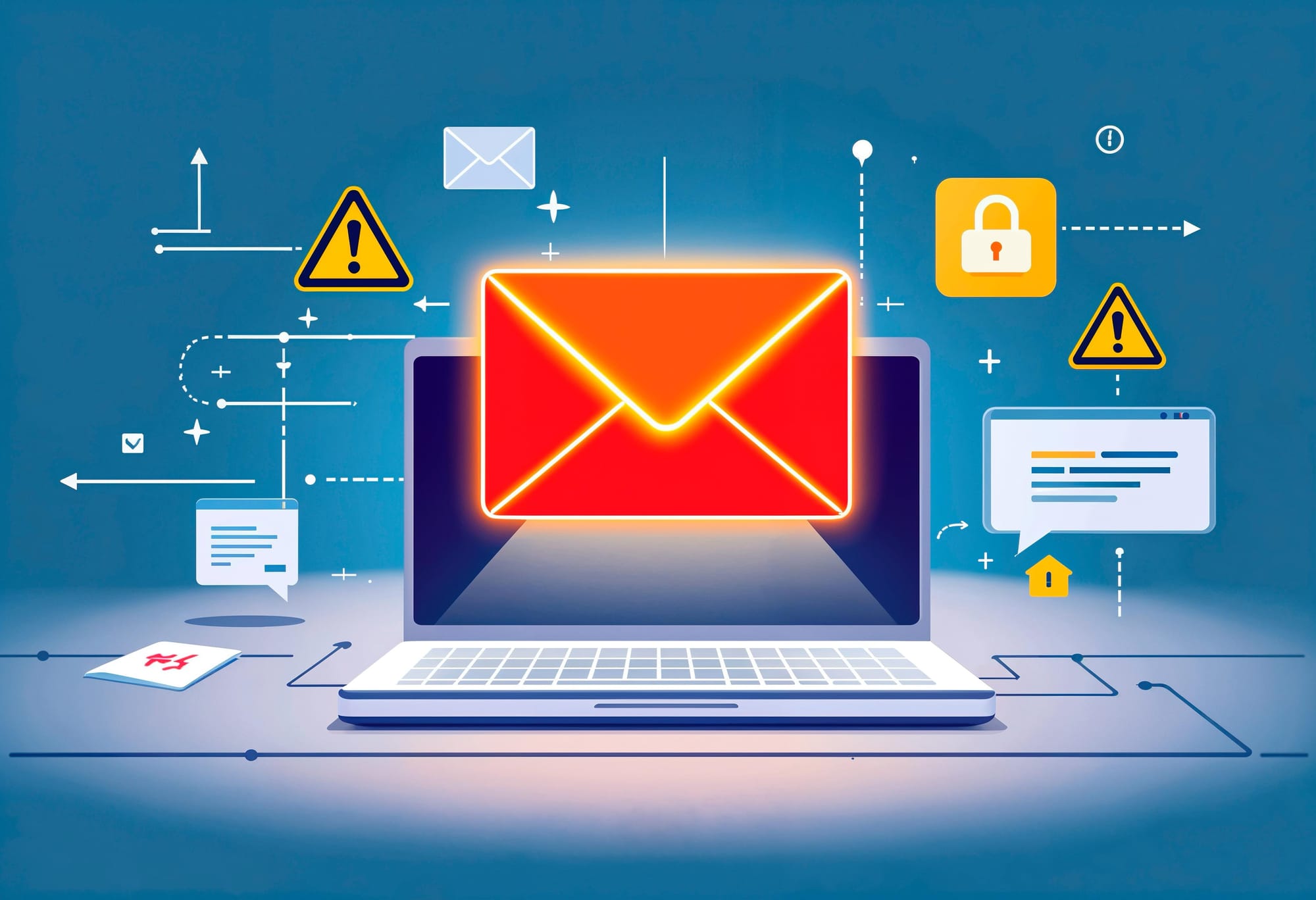
Email is no longer just about promotions. It’s becoming a relationship channel where brands nurture trust, loyalty, and engagement. For MSMEs, the opportunity lies in treating every inbox as a personal connection point.
Imagine this:
- A customer receives a thank-you note with their name and purchase details.
- A reminder pops up exactly when they’re running low on supplies.
- A surprise discount lands on their birthday.
Final Take
The era of mass mail is ending, and for good reason. Customers crave relevance, and businesses that deliver it will thrive. By embracing email automation software, leveraging email automation tools, and building strategies around automated email marketing, MSMEs can create hyper-personalized experiences once thought impossible without enterprise-level budgets.
Smart mail is not about technology alone, it’s about empathy. It’s about understanding your customers deeply enough to communicate with them as individuals, not just addresses on a list. And for growing businesses, that’s a revolution.

